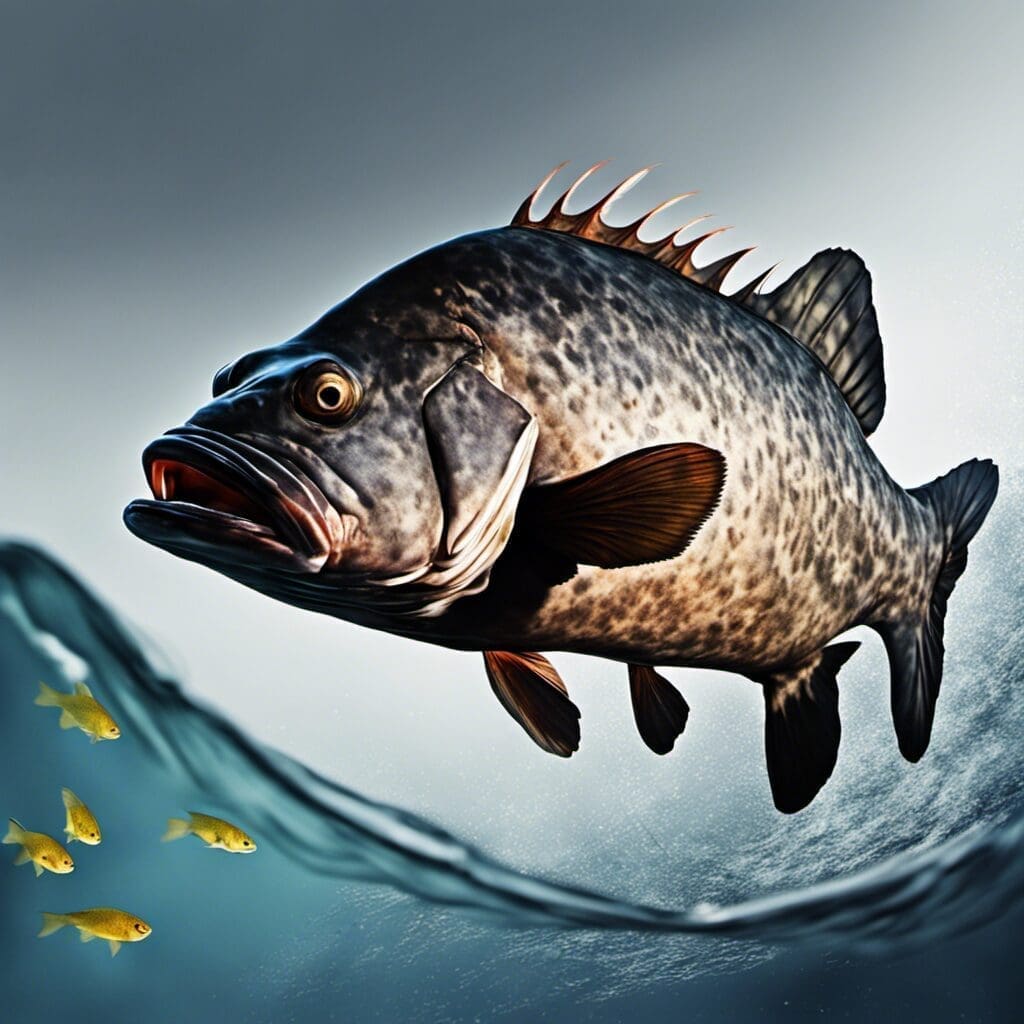Introduction
The Black Grouper (Mycteroperca bonaci) belongs to the Serranidae family, which is known for its diverse range of saltwater species. Known for their dark hues and impressive size, they are an essential part of marine ecosystems.
Conservation Status
The current status of the Black Grouper is classified under “Least Concern” according to the International Union for Conservation of Nature. Conservation efforts focus mainly on sustainable fishery practices and maintaining sufficient populations.
Statistics
| Average | Range | |
|---|---|---|
| Length | 100 cm | 60-150 cm |
| Weight | 30 kg | 5-70 kg |
| Average Lifespan | 25 years | N/A |
Distribution
Black Groupers are primarily found in regions such as the Gulf of Mexico and the Atlantic Ocean, including Brazil, Bermuda, and the Caribbean. Their migration patterns are heavily influenced by temperature and food availability.
Habitats
Primarily found in saltwater, Black Groupers occupy depths ranging from 10 to 40 meters. They survive within a temperature range of 20 to 30°C as they favor warmer waters.
When and Where to See
They are year-round residents but are easiest to notice during their breeding season, which generally spans from Winter to early Spring. Peak activity for the Black Grouper is around midday.
Best Fishing Locations
When targeting Black Groupers, head to these top locations:
- Florida Keys, USA
- Bimini, Bahamas
- Cancun, Mexico
- Belize Barrier Reef, Belize
- Andros Island, Bahamas
- Tortugas Banks, USA
- Los Roques, Venezuela
- Jardines de la Reina, Cuba
- Xcalak, Mexico
- Moustique Island, Saint Vincent, and the Grenadines
How to Catch
Black Groupers respond well to live bait, including pinfish, sardines, and squid. Recommended techniques include bottom fishing and trolling. The best time to catch them is late morning to midday, especially during their breeding season.
Identification Guide
Black Groupers are known for their dark greyish to black skin, robust body, large mouth, and the presence of a black blotch on the caudal peduncle. They can be distinguished from similar species by their darker hue and larger size.
Culinary
Black Grouper meat is known for being mild, sweet, and lean with a firm texture. They can be grilled, broiled, or fried and are commonly used in recipes like Blackened Grouper, Fish Tacos, and Grouper Caps. This fish also packs a good amount of protein and essential nutrients.
Additional Information
Black Groupers are solitary creatures and are typically found alone. They are skilled ambush predators and feed mainly on fish and crustaceans. Natural threats include large sharks and other bigger marine species. Overfishing and habitat destruction are significant human-induced threats affecting their population.
These large fish do not have a specific cultural or historical significance but are appreciated by anglers for their fight and by culinary enthusiasts for their flavor.
References and Further Reading
- Florida Museum: Black Grouper
- NOAA Fisheries: Grouper Species
- Seafood Watch: Sustainable Seafood Guide

